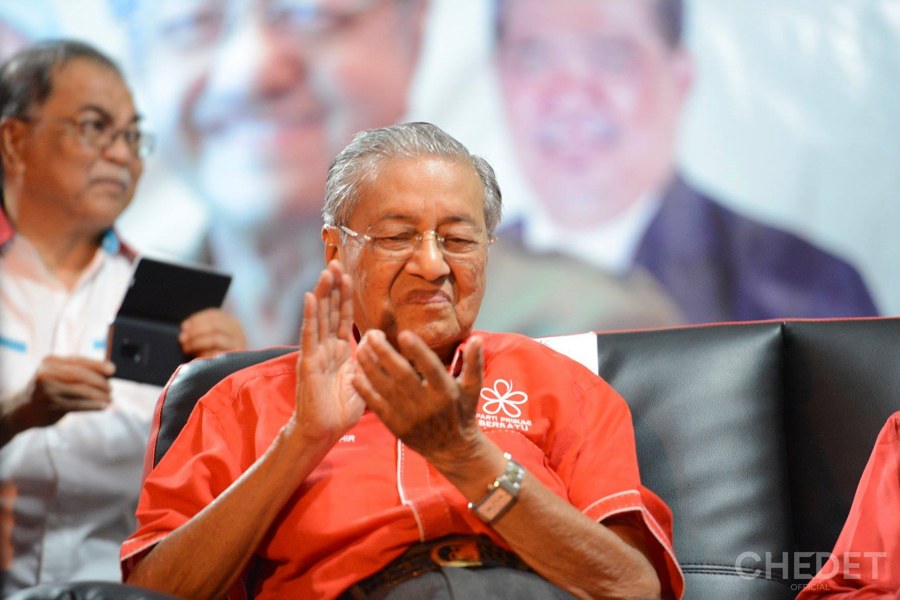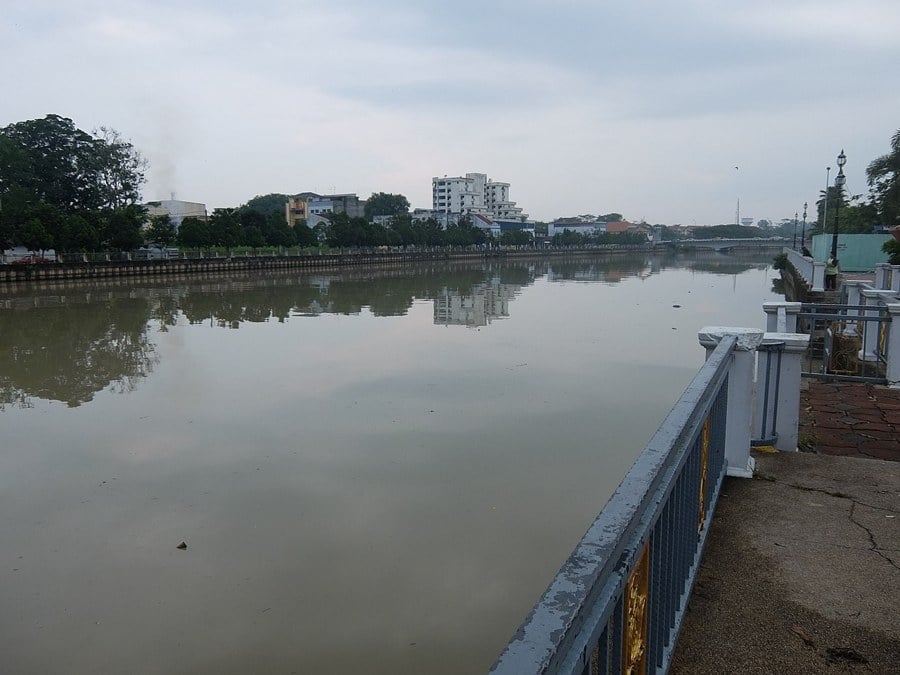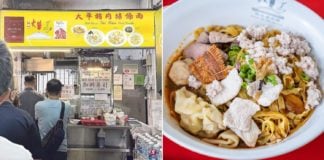Mahathir Says Malaysia’s Water Agreements With Singapore Are “Too Costly”, But Are They Really?
This piece is part of MS Speaks, a segment in which MS News reporters share their honest views on current affairs and trending topics.
It’s tiring to repeat.
Malaysian Prime Minister Mahathir Mohamad seems bent on reviving Malaysia’s long-standing water dispute with Singapore again.
In an interview on Friday (22 Jun) , he said the 1962 Water Agreement, due to expire in 2061, was “too costly”.
Asked what the “sticking point” was, PM Mahathir said,
Well, [Singapore] is still paying three cents for 1,000 gallons. Once 1,000 gallons is treated, we can buy back 12% of that. At the same time they can sell at 1,000 gallons for 17 SGD. That’s a lot of money.
But this isn’t the first time he’s brought up grievances regarding the price of raw water.
1962 Water Agreement
Before we proceed further, let’s recall the key provisions of the 1962 Water Agreement.
Under the Agreement, Singapore can draw up to 250 million gallons of water a day (mgd) from the Johor River.
In return, Singapore must provide Johor with treated water of up to 2% of the raw water we import.
Water prices stand at 3 sen/1,000 gallons of raw water supplied to Singapore, and 50 sen/1,000 gallon of treated water destined for Johor.
3 sen can’t buy anything
PM Mahathir asserted in another interview on Monday (25 Jun), that “nothing” can be bought with 3 sen, saying,
I think it is manifestly ridiculous that we should sell water at 3 sen per thousand gallons. That was okay way back in the 1990s or 1930s. But now what can you buy with 3 sen? Nothing.
We think that Singapore can’t buy stuff with the money we lose from subsidising Malaysia’s water needs, either.
Let’s look at 3 key reasons why PM Mahathir shouldn’t be kicking up this fuss right now.
1. Singapore subsidises a lot of treated water for Malaysia
The agreement does not allow Singapore unilateral benefit.
In 2003, the Ministry of Information, Communication and the Arts pointed out that the real cost of treating water is RM 2.40 per 1,000 gallons.
Because of the Water Agreements, we only sell the water to Malaysia at 50 sen. That means we’re making a loss of RM 1.90 per 1,000 gallons.
According to the Agreements, Singapore needs to sell 5 million gallons of treated water to Malaysia every day. Based on that calculation, we’d bear a subsidy cost of RM 9,500 per day.
The reality, however, is that we provide way more subsidised water than just 5mgd.
In 2003, Malaysia was buying 37mgd of treated water, this meant that Singapore was subsidising RM 70,000 per day. By 2016, Singapore was regularly providing Malaysia with 16mgd of treated water.
Due to pollution in the Johor River that year, Johor’s water regulatory body requested an additional supply of water from Singapore, so we promptly increased the water supply by a further 6mgd.
As of 2018, it is unclear how much treated water we are supplying Malaysia with, as stats are not publicly available.
Case in point, 3 sen is cheap, but so is 50 sen.
2. Fair share
Neither is Singapore “underpaying” for the raw water.
Malaysia sometimes points out that Singapore pays Malaysia less than what Hong Kong pays China. The reason for the disparity is simple.
The 3 sen which Singapore pays is literally for water that would otherwise flow into the sea.
Singapore bears the cost for the construction, maintenance and operation of pumps, pipelines and other water-related infrastructure.
Hong Kong may pay China 8 sen/1000 gallons, but they do not bear the cost of the treatment and delivery of water. China does.
3. Missed opportunities
And if Malaysia wanted to increase the price of water, she should have done so earlier. The Water Agreements actually provided for price reviews in 1986 and 1987.
But Malaysia did not ask for reviews then.
There were no official explanations given, but Malaysian politicians were afraid that Singapore would raise the price of treated water if Malaysia increased the price of raw water. PM Mahathir himself admitted this.
Furthermore, Malaysia was highly reliant on treated water from Singapore at that time.
So in Singapore’s perspective, Malaysia lost her opportunities to raise the prices of water back then, fully of their own accord.
Stick to the agreements
We think this headache between close neighbours is not ideal — especially for PM Mahathir, whom we imagined would be much busier resolving the 1MDB scandal.
The win-win solution would be for both parties to respect the agreements.
Although Malaysia has enhanced her water treatment facilities in recent years, she’s still reliant on treated water subsidised by Singapore.
As this ‘water fight’ has been going on for the past two decades, we really hope the problem can be resolved quickly.
The last thing we want is for retaliatory price hikes to happen, much like the issue of Causeway tolls.
Featured image from Dr Mahathir bin Mohamad.

Drop us your email so you won't miss the latest news.











